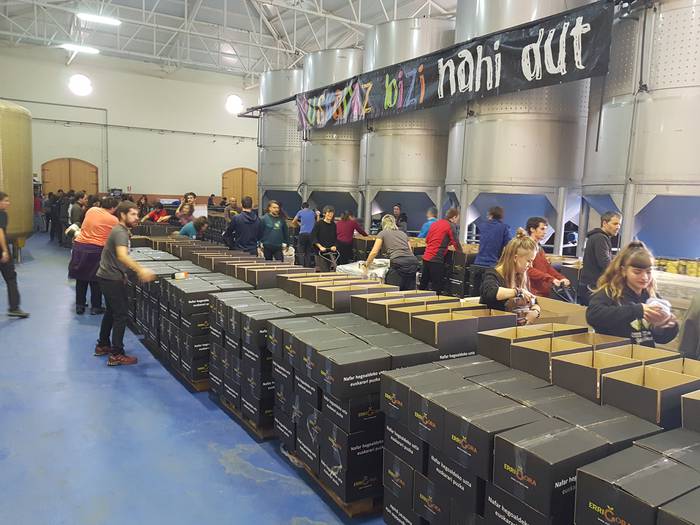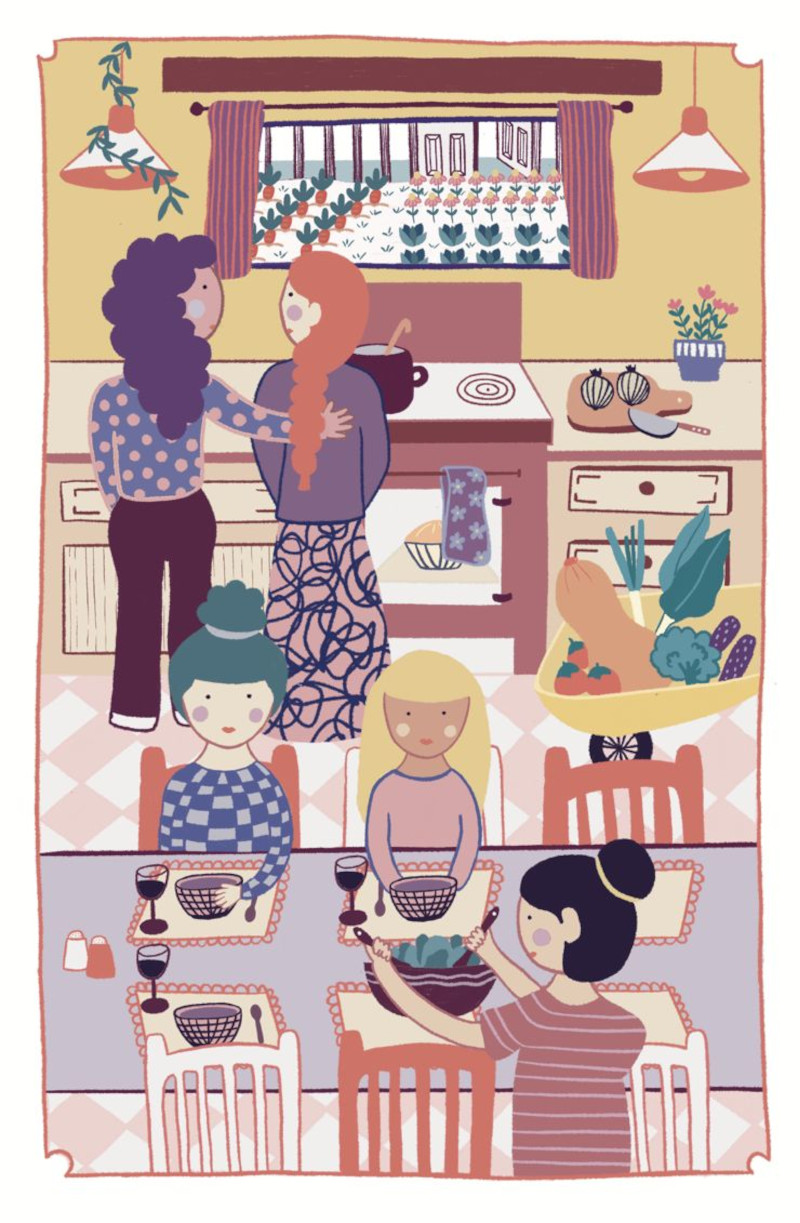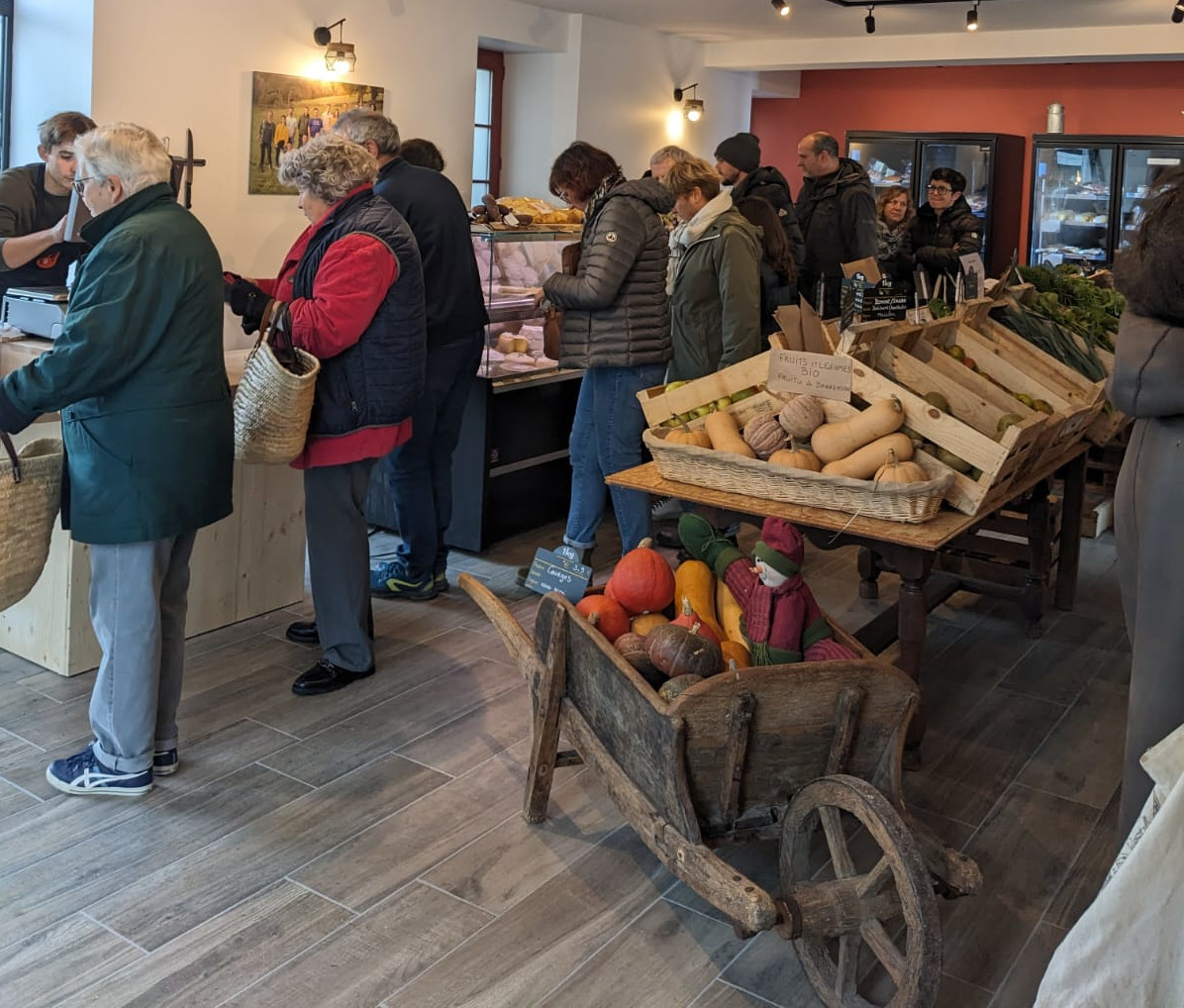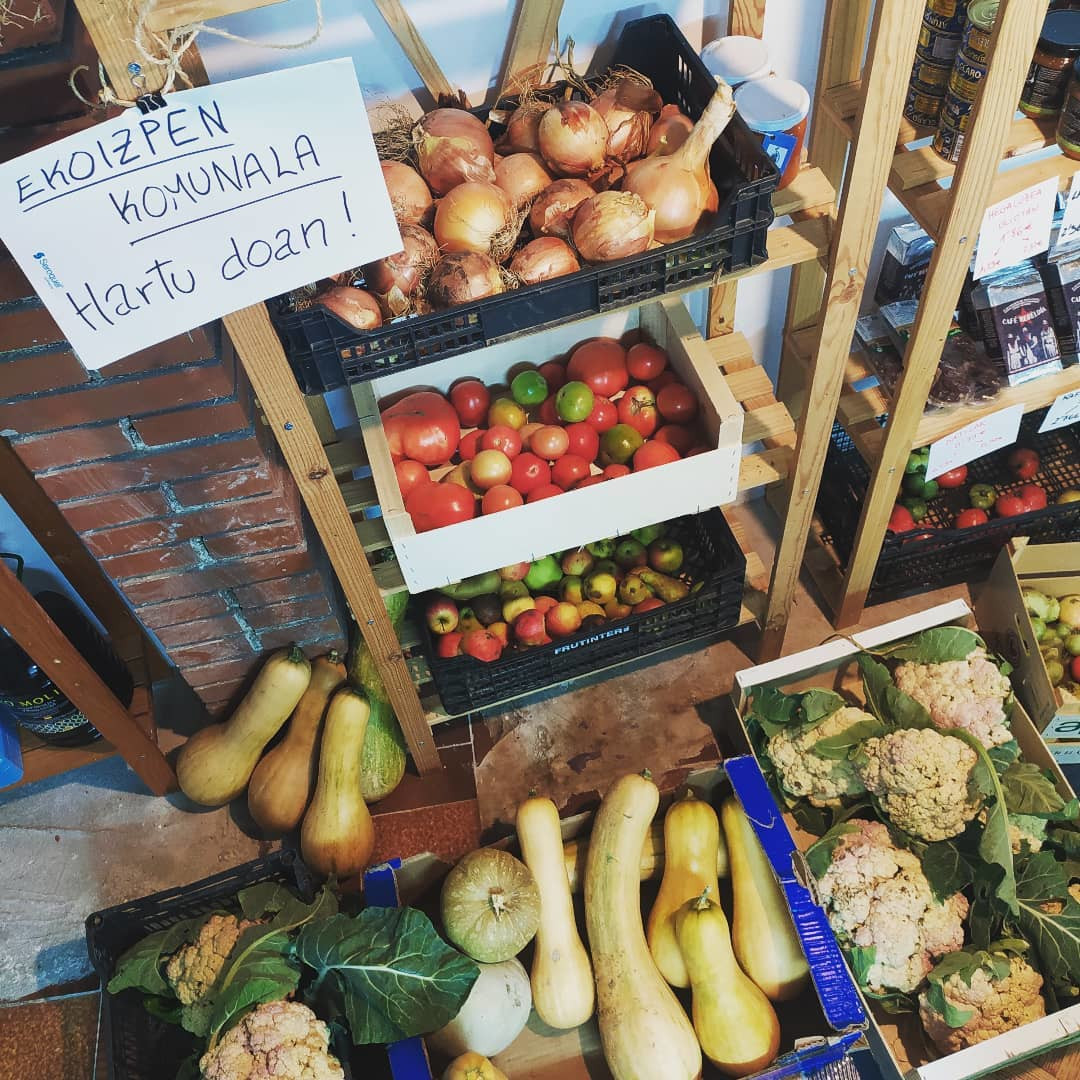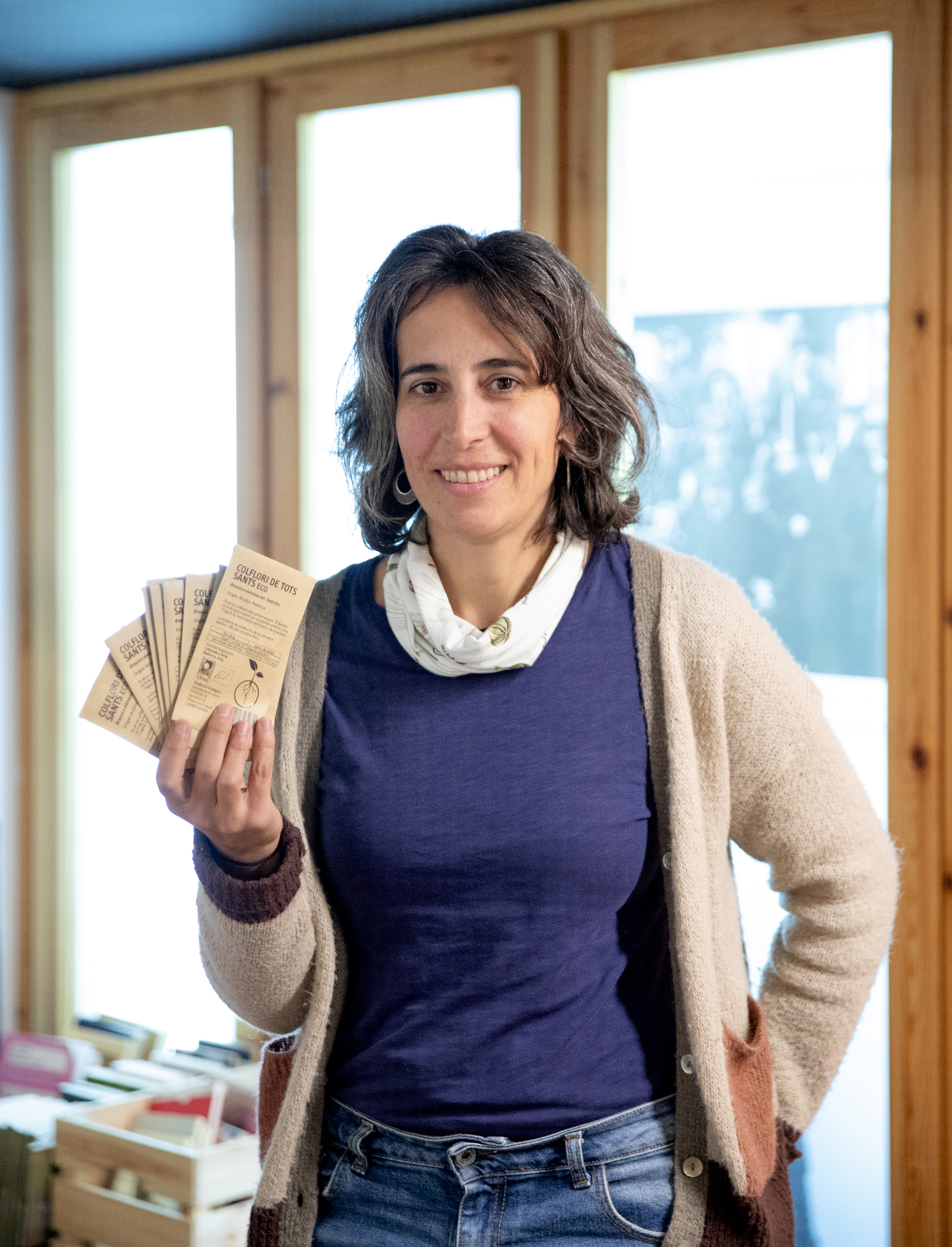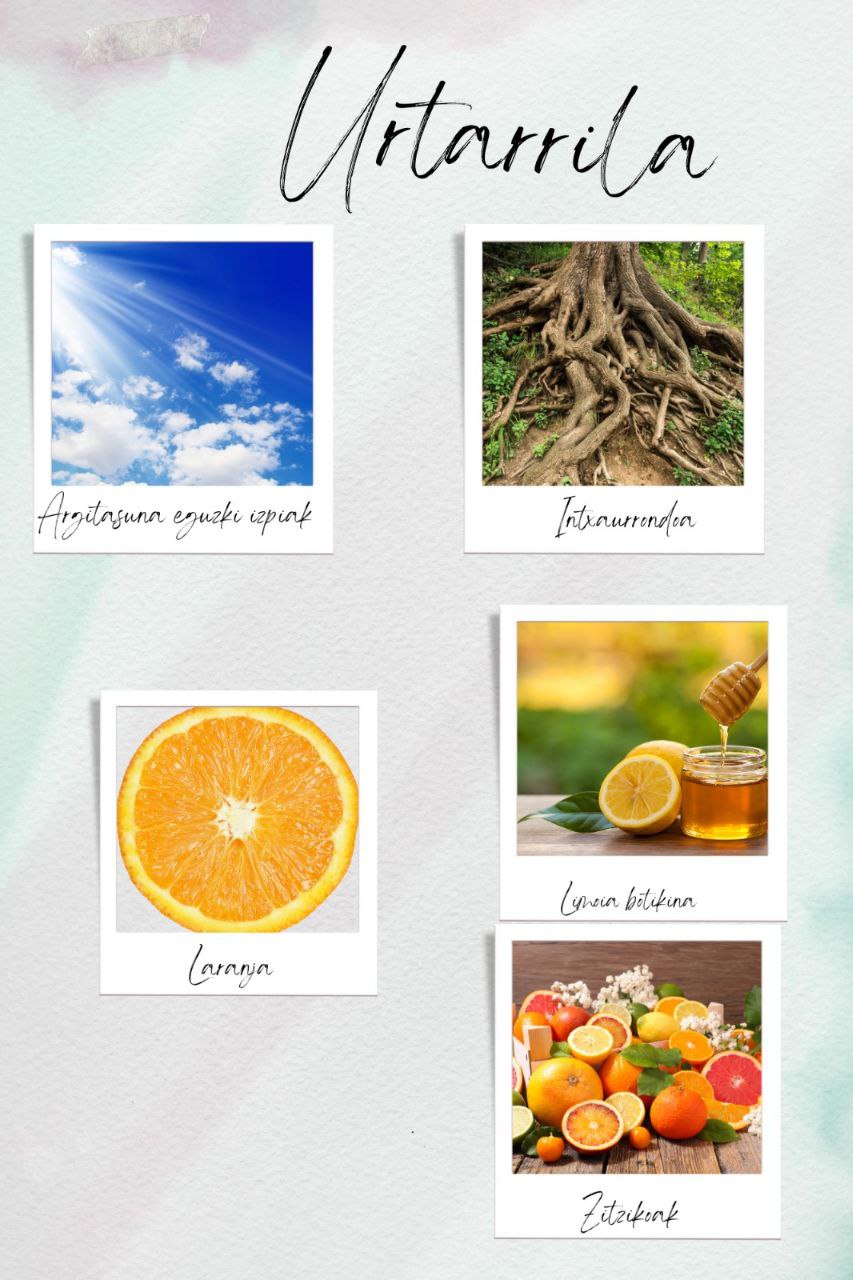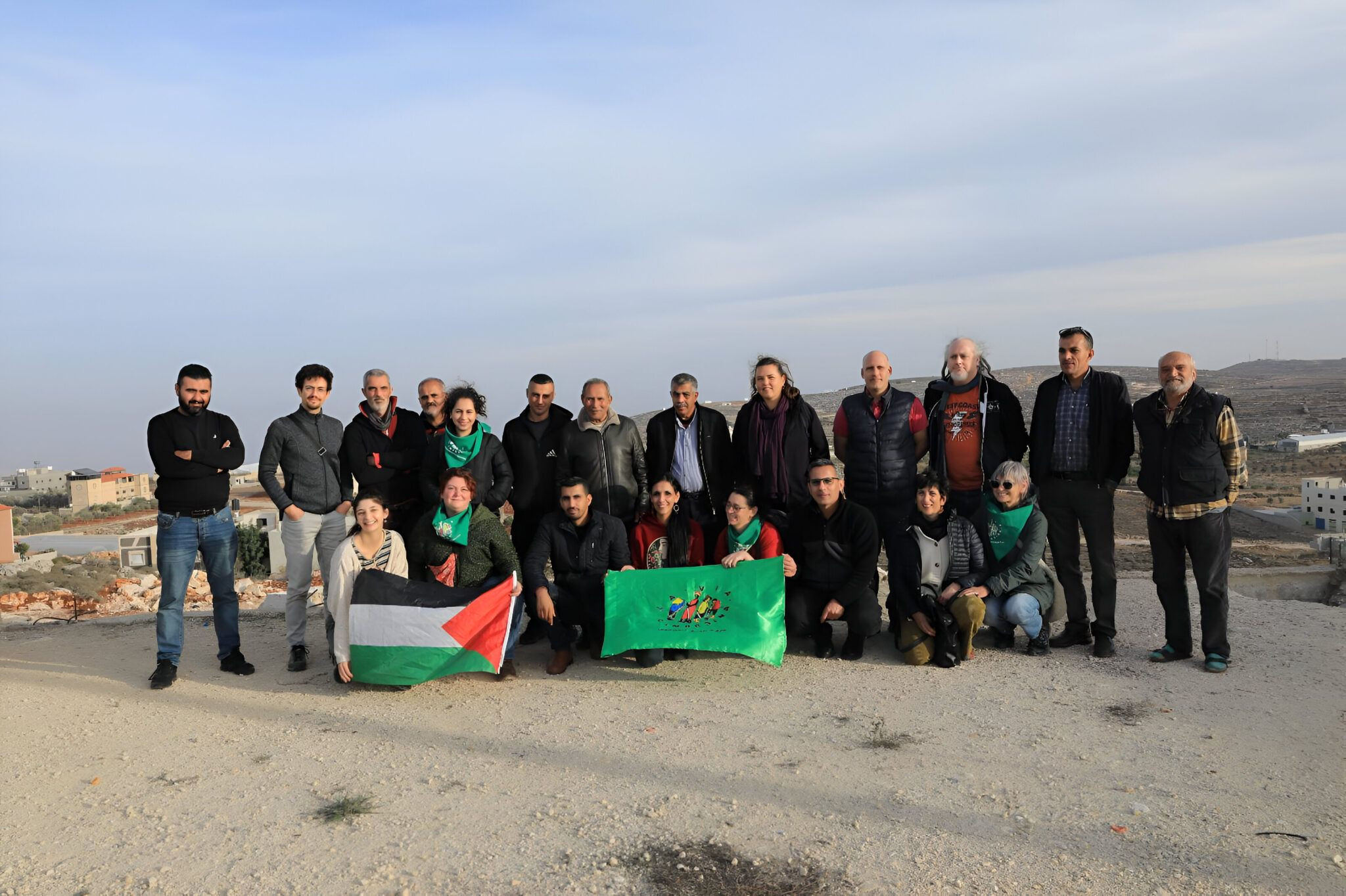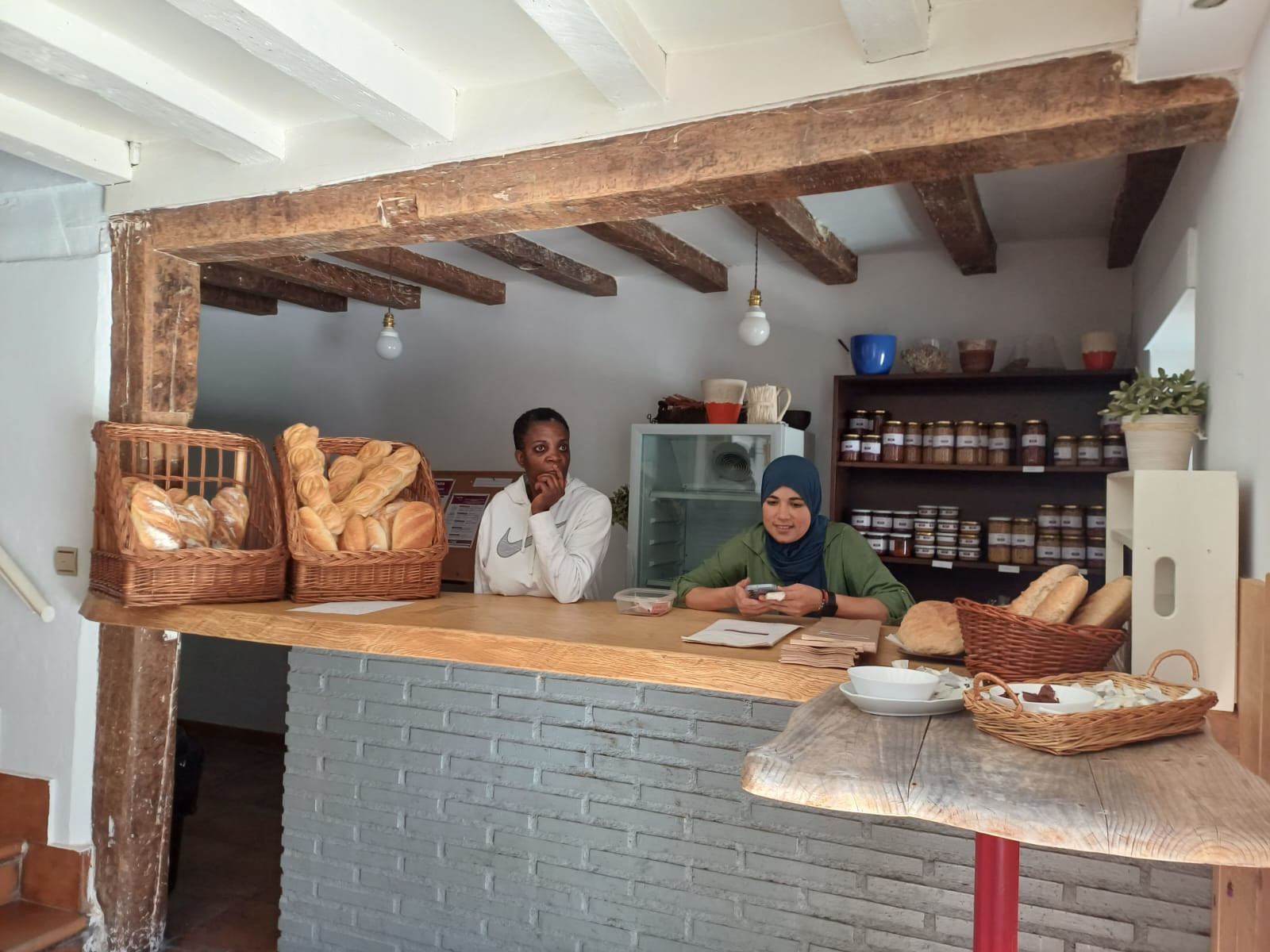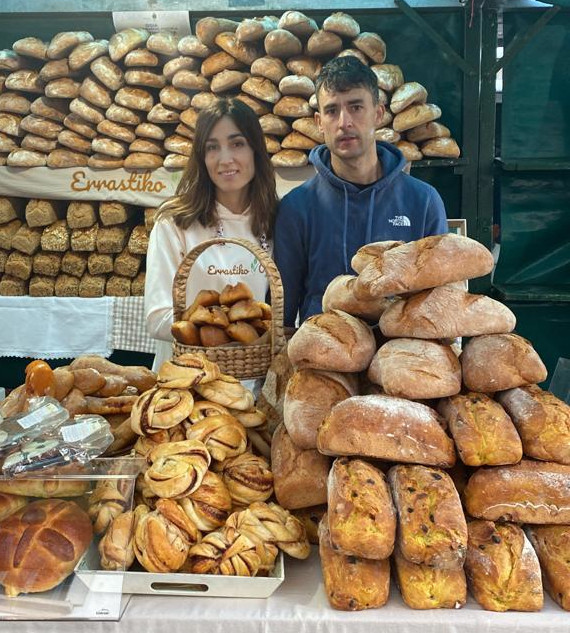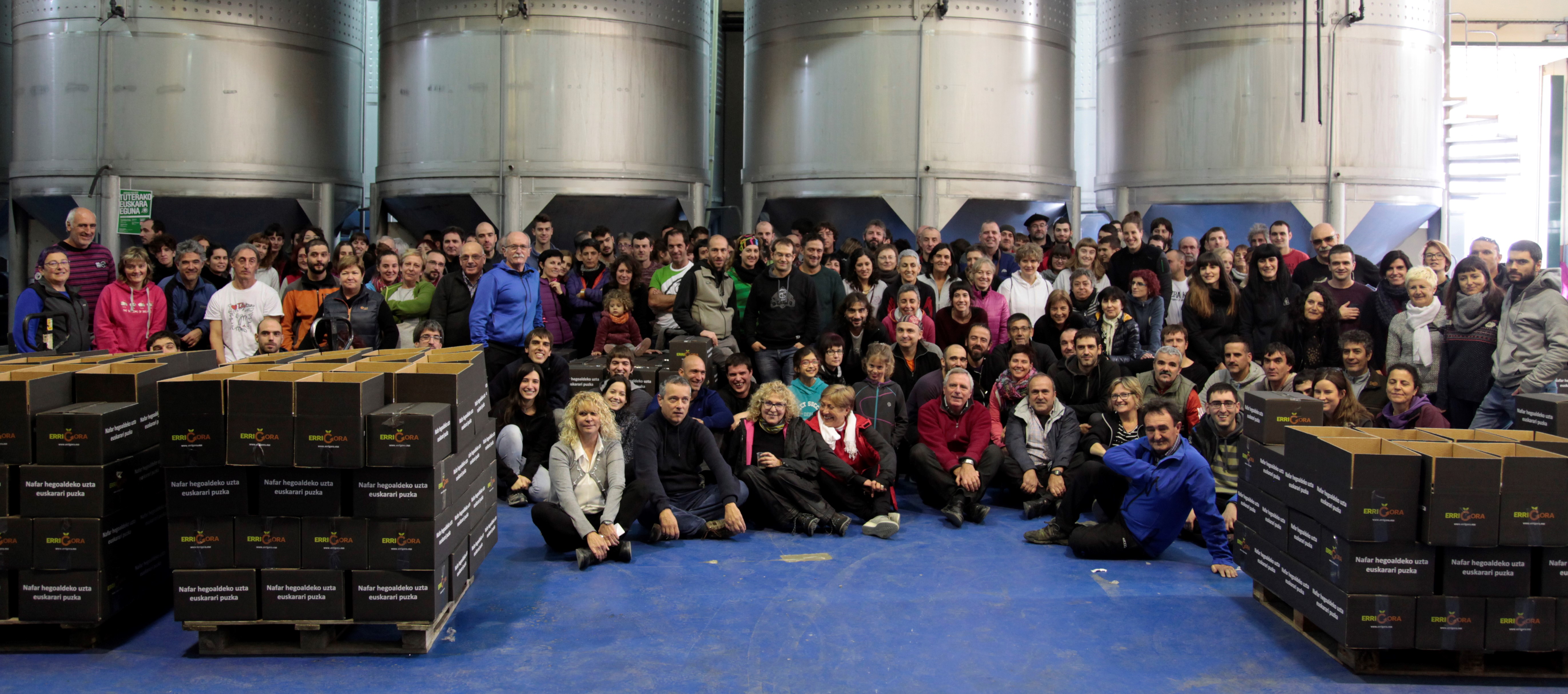Fruit conditionable in the Basque Country at the end of the Middle Ages
- It is summer and the shops and markets of our peoples are full of all kinds of fruits and colors. On the edges of the roads, in the gardens, on the portals of the farmhouses, you can see cherries and apples and figs hanging from the branches with thick shapes that indicate they are ready to eat.
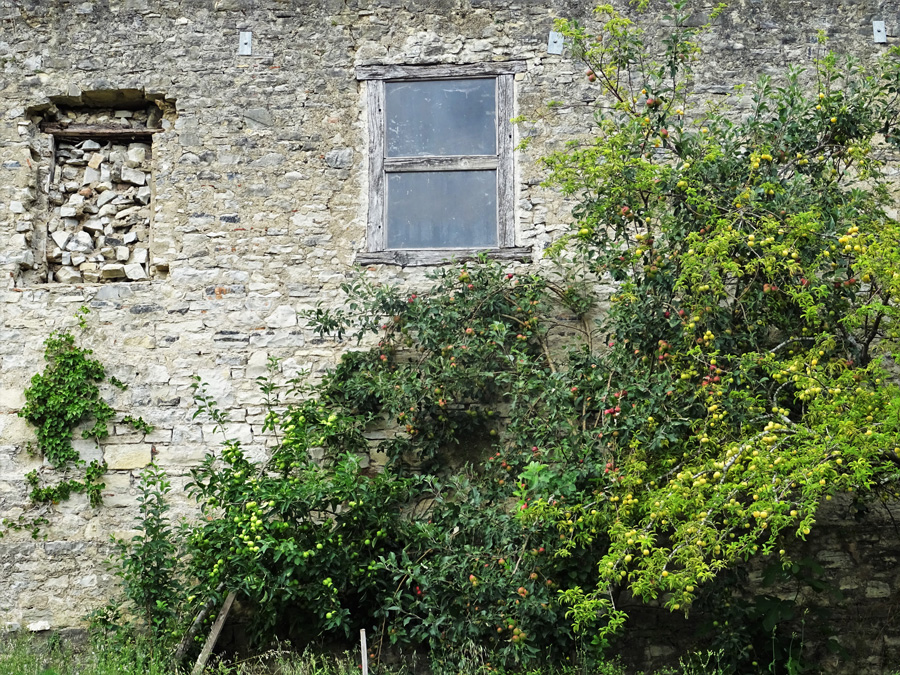
The fruit has long been a valued food, as it is made up of valuable vitamins and sugar sources. Therefore, some species have had great symbolism in different places and times. Apples were the fruit that Heracles stole from the garden of the Herperides, and Paris pronounced the verdict of the Trojan catastrophe in exchange for a golden apple; even in the Bible passage of Eve, the apple is a symbol and stimulus of transgression. On the contrary, the grape has always had a certain touch of divinity, such as the emblem of Dioniso, the son of Zeus; nor what to say about his juices, his wines, the transubstantiated blood of Jesus Christ.
In many historical contexts, fruits have therefore been considered as signs of wealth and health, and the availability of all kinds of specimens throughout the year has been of great importance in defining the economic strategies of all families and communities. Depending on the species, the fruits can be eaten in form, fresh or preserved, dried or confused; otherwise, fermented as alcoholic beverages. In the Basque Country, the cultivation, processing and consumption of fruit are deeply rooted in indigenous culture, with deep roots that often backfire over time.
Classics: Apple and Grape
Thanks to the historical and archaeological studies of recent years, we know that the apple (Malus domestica), which grows naturally on the Cantabrian side of the Basque Country, has been at least a very important fruit since the Middle Ages. In the 11th century, for example, the noble and ecclesiastical institutions of Gipuzkoa and Bizkaia had chamomile among their most precious assets, as can be seen in numerous documents of donation, exchange and sale of the time. Later, when villas began to be established in the two territories, the new municipal institutions carefully monitored and regulated the production of local apples, limiting imports and, in some cases, banning the sale of imported products from outside until the native was exhausted. The appearance in the 15th and 16th centuries of monumental dwellings such as Igartubeiti (Ezkio), on the other hand, shows that the activity was not an activity aimed at self-sufficiency, but a specialization that offered economic performance.
The appearance in the 15th and 16th centuries of monumental lagar villages such as Igartubeiti (Ezkio) shows that the rural cider was not an activity aimed at self-sufficiency, but a specialization that offered economic performance
Something similar happens with grapes (Vitis vinifera), also endemic throughout the Basque Country, although he married for the first time in the Mediterranean area. Although it is currently limited to specific areas, the regulations of demarcation and ordinance of the media indicate that most of the villas and many farmhouses had vineyards and that viniculture was a common activity, especially on the coast. In addition to growing vineyards, in many towns txakoli was made and, as with cider, until the production of the place was exhausted, it was forbidden to bring wine from outside. This data coincides with the archaeological records, as in the Casco Viejo de Hondarribia, where a prey of 16th century wine has been excavated, surrounded by many remains of grapes.
The presence of apples and grapes can be found everywhere in the toponymy of the Basque Country. Both are very common to denominate mountains, meadows, places, streams, roads, etc., but they appear especially in the names of dwellings. There are many houses that have names built on the word sagardi/sagasti: Sagardi (in Irun), Sagasti (in Errenteria, Morgan or Leioa), Sagardiburu (in Errenteria), Sagastiburu (in Donostia), Sagastizabal (in Azpeitia), Sagastizar (now in Saizar, in Zizurkil), Sagastumesaletta Sagarraga (Elgoibar), Sagardui (Maruri-Jataben), Sagarreta (Deba), Sagarretxe (Erandio and Zamudio), Sagarrola (Aia) or Sagarminaga (Atxondo, Laukiz, Zeanuri, Busturia, Orozko, Berriatua. Grape and vineyard varieties are Maspe (Errigoiti), Mastegi (Ibarrangelu), Masti (Aulestin and Getaria), Mastigana (Berangon) or Mastui (Zaratamo). These names show the importance of these fruit trees as a spatial reference for understanding and organizing the landscape of the Basque Country.
Diversity as a protagonist
But apple and grape are by no means the only fruit grown in the Basque Country. The analysis of the ordinances of some peoples of the Middle Ages shows that the production of native fruit was very varied and varied. Diversification is a common strategy in pre-industrialized cultivation systems, in which through the cultivation of different species in different spaces and times crop risks are reduced; the more species are cultivated, the more likely it will be that, in a crisis situation (flooding, drought, pests, erosion, pollution…), at least one of them will remain and thrive. This strategy is particularly successful in small-scale production models.
The following table summarizes, for example, the mentions of fruits that appear in the documents of seven countries, all written in the period from the middle of the fourteenth century to the end of the sixteenth century, thus reflecting the situation prior to the introduction of crops in America. In this sample, in addition to the apple and grape, at least ten fruits can be identified: Four species of the genus Prunus (cherry, ginga, plum and peach), two citrus (lime and orange), pear and fig.
.jpg)
The Prunus genus is part of the rosacea family, and is currently present throughout the world. In some parts of Europe, harvesting fruit from some wild species of this genus has been practiced since the Neolithic, while domestication occurred in Asia and its cultivation seems to have spread in ancient times. In the Basque Country, the oldest remains of these crops have appeared in the Roman site of Irun. From then on there is a gap until the end of the Middle Ages, at which point Deba (1434) and Orduña (1506) are mentioned. The archaeological excavations carried out in Elgoibar and Hondarribia have shown that in the 15th and 16th centuries the four types of fruit (Prunus persica, mertxika; P. cerasus/avium, cherry and ginga; and P. domestica/insitia, arana), as well as black spiny sarampion of the same genus (P. The importance of these species in the rural landscape of the Basque Country is therefore evident, as is also shown by toponymy. The ones created on the word Arana are innumerable, but it is difficult to distinguish between those who refer to the tree and those who refer to the geographical concept of the valley; among those who include the Gerezieta district of Lekorne or the Kerexeta farmhouse of the Oñatz district in Azpeitia.
Like apple and grape, pear (Pyrus communis) is the result of the domestication of a wild species endemic in the Basque Country. It is mentioned in the municipal ordinances of Deba of 1434 and its archaeological remains are also found in the final contexts of the Middle Ages. In toponymy, on the contrary, place names that arise from the shape of the pear are very frequent in the West: The neighbourhoods of Madariaga (in Arrigorriaga, Azkoitia, Gabiria or Zaratamo) and the villages (in Berango, Bermeo, Ea, Gatika, Mungia…) also include the Madariaga (in Elorrio) or Madariaga (in Leioa). In the East, on the contrary, it seems that pears created in the form of pears are scarcer; there are some Udareaga toponyms in Osinaga, Ayesa and Olleta, among others. Finally, in Zestoa there is a place called Txermendia, which is born in the form of the txermas.
Fig (Ficus Carica) is a fruit originating in the Middle East, but which must have been introduced in western Europe, where it is currently growing throughout the Basque Country; it is mentioned in Deba (1434) and Plentzia (1506), and has appeared during the excavations of the 16th century Old Town of Hondarribia. The toponyms associated with Pikua have appeared mainly in the Gipuzkoa villages: In Astigarraga, Azkoitia, Hernani, Mutriku and Tolosa (Gipuzkoa), Pikokarate (Errenteria and Oiartzun), Pikote (Zumaia), among others. The toponym Ardibidepikua appears in Isaba (Roncal).
Fruit varieties with designation of origin are part of the branding logic of modern commercial strategies, maintaining cultural values at their geographical origin and, by extension, a quality mark.
Attention is drawn to the case of citrus fruits, a species that we consider exotic from the present point of view. Genetically, all citrus fruits are hybrids produced by the domestication of endemic species in Southeast Asia and, although they have been documented in ancient times in the Western Mediterranean, they seem to have entered Europe in the Upper Middle Ages through Muslim invasions throughout North Africa in the Iberian Peninsula. In the archaeological sites of the Basque Country no traces of them have been found and their toponymy has also been scarce; however, the ordinance of Deba of 1434 refers to limes (Citrus x aurantifolia) and orange (Citrus x sinensis), the latter also appears in Zumaia in 1584. After all, we must not forget that a well-known song by Zuberoa, although metaphorically, refers to two citroins doratü in the Jaurgain tower of Ozaz, and that surely citrus fruits have had more presence in the Basque landscapes than is believed.
Finally, two species that have not appeared in the documents studied but have been documented in the deposits of this time in Hondarribia and Elgoibar: the memshine (Cydonia oblonga) and the mizpira (Mespilus germanica). The latter was first established in Asia and spread throughout Europe in ancient times. At the end of the Middle Ages, however, it became very important in the Basque Country, since in the 14th century the felling of mizpiros was severely punished in several municipalities of Bizkaia, while in Cinco Villas de Navarra the collection of mizpiros was prohibited. Although it is also reflected in toponymy (e.g. in the Mizpireta de Zestoa and Mizpiradi de Andoain), mizpirondo is a fruit tree almost missing from the current Basque landscapes.
Cultural biodiversity
Today we are used to associating certain types of fruit with a particular origin. Be it the apple of the South Tyrol, the banana of the Canary Islands, the Crete's moat or, coming to the Basque Country, the cherry of Itsasu... These varieties of fruit with designation of origin are part of the branding logic of modern commercial strategies, keeping their geographical origin certain cultural values and, by extension, a seal of quality. Oranges production in the Basque Country? It seems like a stupid idea… It makes a big difference to Valencia!
But history tells us another story. Unlike cereals, vegetative growth is the most common way to spread fruit. This method is based on the capture of the individuals that best adapt to the needs or desires of the farmer, and on the planting of their branches and on the creation of new individuals with the characteristics selected through the application of complex techniques such as vaccination. Thus, from a genetic point of view, the members of the new generation will be the clones of the maternal tree, whose characteristics can be reproduced continuously through this system.
Thanks to this system, it is very likely that many of the fruit trees that still exist in Euskal Herria have developed over the centuries, once adapted to the needs of the neighbors and neighbors of the area, without their genome being altered substantially. Thus, it has been possible to create traditional varieties specially adapted to their specific environment such as the Errezil apple. These varieties are the result of a “cultural biodiversity” conditioned by the human being in function of a certain historical evolution, differentiated and unique from place to place. They are part of our cultural heritage, both in the material sense and in the sense of trees that play some functions in the rural ecosystem, and in the intangible sense as a set of knowledge related to the management and maintenance of these trees. It is our responsibility to preserve this heritage.
Bizkaigane elkarteak elikadura burujabetzan oinarritutako proiektua du Errigoitin (Bizkaia), 1983tik. Instalazioak dauden lur eremutik aterarazi nahi du lur jabeak elkartea. EHNE Bizkaia sindikatuak adierazi duenez, instalazioek lege eta administrazio eskakizun guztiak betetzen... [+]
Martxoaren 10etik 26ra izango da udaberriko kanpaina. 'Beste modura, denona de onura' lelopean arituko dira gertuko ekoizpena, banaketa eta kontsumoa babestu eta sustatzeko, ager zonaldean euskara hauspotzen duten bitartean. Apirila amaieratik aurrera jasoko dira... [+]
Euskal Herriko bi muturretatik datoz Itziar (Bilbo, 1982) eta Ekaitz (Erriberri, 2002), sortzen ari den Burujabetzaren Aldeko Mugimenduaren berri ematera. Euskal Herrian diren burujabetza prozesu ugariak arloz arlo bultzatu eta indartu nahi ditu BAMek. Lan horretan hasteko,... [+]
Emakume bakoitzaren errelatotik abiatuta, lurrari eta elikadurari buruzko jakituria kolektibizatu eta sukaldeko iruditegia irauli nahi ditu Ziminttere proiektuak, mahai baten bueltan, sukaldean bertan eta elikagaiak eskutan darabiltzaten bitartean.












